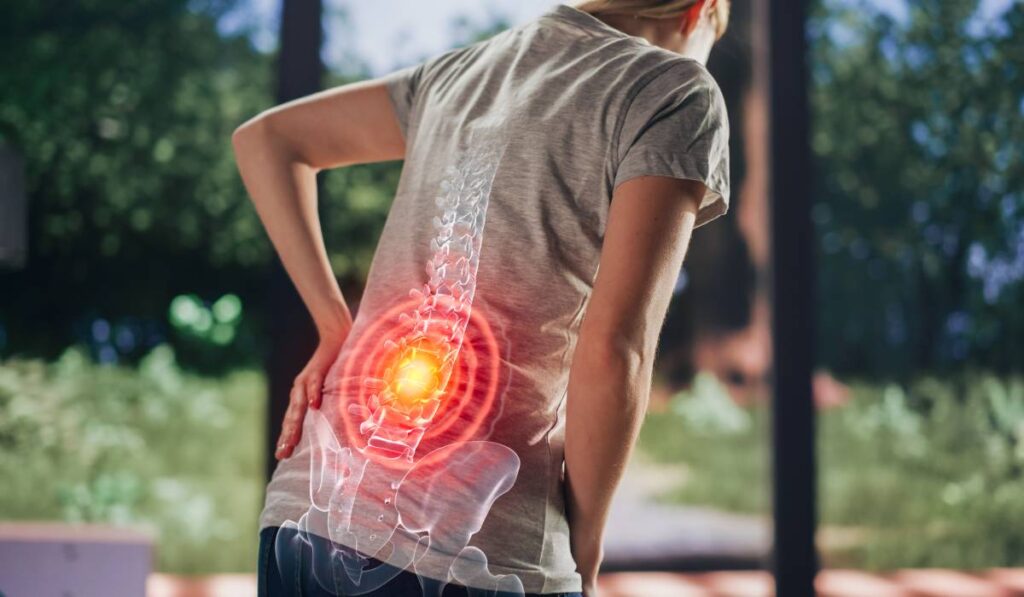Chronic post-surgical pain (CPSP) is typically defined as pain that persists for at least three months after surgery, in the absence of other causes such as infection or malignancy. This condition not only impairs the quality of life but also imposes a burden on healthcare systems due to the long-term management required for affected individuals. Despite advances in surgical techniques and perioperative care, the incidence of CPSP remains high, highlighting the need for effective prevention and management strategies (1).
The prevention of chronic post-surgical pain involves a multifaceted approach that begins with the preoperative assessment of patients. Identifying individuals at high risk, such as those with pre-existing pain conditions, psychological distress, or genetic predispositions, allows for targeted interventions. Preemptive analgesia, which involves the administration of pain medication before surgical incision, has shown promise in reducing the incidence of CPSP. Medications such as pregabalin and gabapentin, when administered preoperatively, can modulate central sensitization, a key mechanism underlying CPSP. A study evaluating the use of pregabalin and oral tramadol in patients undergoing breast surgery demonstrated significant reductions in postoperative discomfort, suggesting their potential role in CPSP prevention (2).
Intraoperative strategies also play an important role in preventing chronic post-surgical pain. Regional anesthesia techniques, such as epidural analgesia and nerve blocks, have been effective in reducing the intensity of acute postoperative pain, thereby lowering the risk of chronic pain development. The use of multimodal analgesia, which combines different classes of analgesics to target various pain pathways, has emerged as a cornerstone in perioperative pain management. For instance, the external oblique intercostal plane block has been highlighted for its efficacy in managing chronic post-surgical neuropathic pain, providing long-lasting relief without the need for opioids (1).
Despite these preventative measures, CPSP remains a challenge for many patients. When CPSP does occur, management strategies must be tailored to the individual, taking into account the nature of the pain, its severity, and the patient’s overall health. Pharmacological treatments, including the use of anticonvulsants, antidepressants, and opioids, are commonly employed, although the long-term use of opioids is associated with significant risks and should be approached with caution. Additionally, non-pharmacological interventions, such as physical therapy and psychological support, are essential components of a comprehensive pain management plan (3).
Emerging treatments for chronic post-surgical pain include neuromodulation techniques, such as spinal cord stimulation (SCS), which have shown promise in cases of refractory pain. These techniques aim to alter the transmission of pain signals in the nervous system, offering relief for patients who do not respond to conventional therapies. Furthermore, recent research has explored the role of advanced therapies like transcutaneous electrical nerve stimulation (TENS) and gastric electrical stimulation (GES), which provide alternative options for patients suffering from specific types of chronic post-surgical pain (1).
In conclusion, CPSP is a complex and multifactorial condition that requires a proactive approach to prevention and an individualized management strategy. While significant progress has been made in understanding the mechanisms and risk factors associated with chronic post-surgical pain, ongoing research and innovation are crucial to improving patient outcomes. Future studies should focus on refining preventive strategies and exploring new therapeutic options to reduce the burden of CPSP on patients and healthcare systems.
References
- Chen YK, Boden KA, Schreiber KL. The role of regional anaesthesia and multimodal analgesia in the prevention of chronic postoperative pain: a narrative review. Anaesthesia. 2021;76 Suppl 1(Suppl 1):8-17. doi:10.1111/anae.15256
- Thapa P, Euasobhon P. Chronic postsurgical pain: current evidence for prevention and management. Korean J Pain. 2018;31(3):155-173. doi:10.3344/kjp.2018.31.3.155
- Kim BR, Yoon SH, Lee HJ. Practical strategies for the prevention and management of chronic postsurgical pain. Korean J Pain. 2023;36(2):149-162. doi:10.3344/kjp.23080
